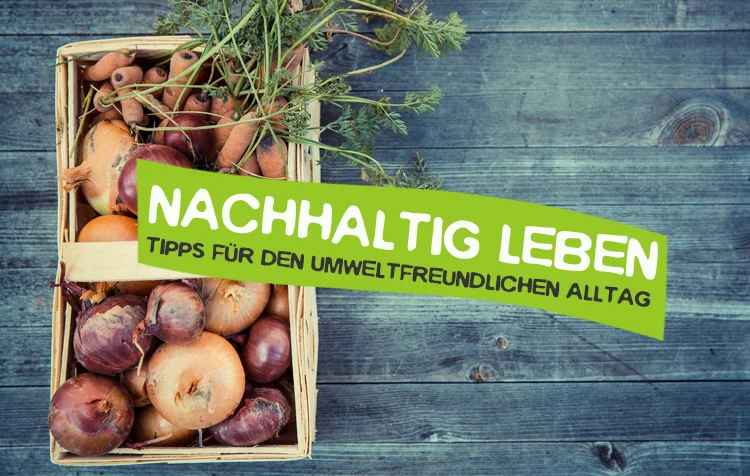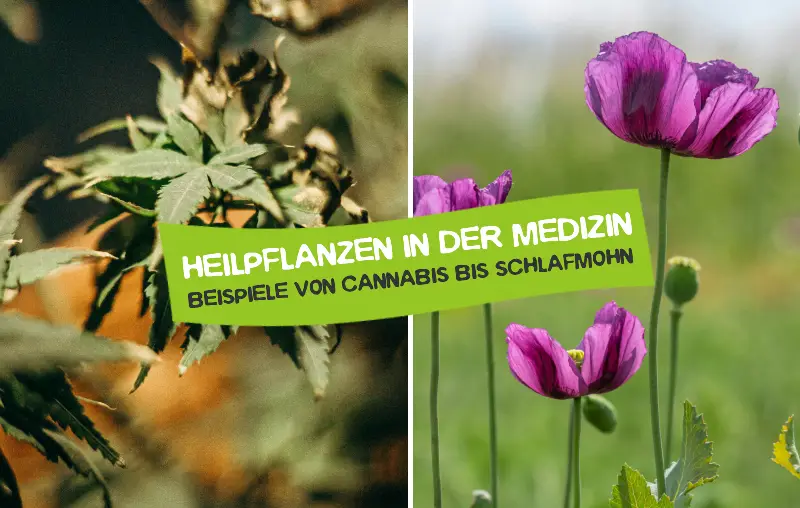Are you looking for real climate trees that have no problem at all with heat and drought? Then you've come to the right place! The Climate Change is already leaving its mark: the sun's rays are more intense, temperatures are rising and extreme weather is on the increase.
Climate-resistant trees are therefore more in demand than ever. They also cope very well with extreme and rapidly changing weather conditions, such as prolonged periods of drought. Unfortunately, non-native species from other continents are often recommended, which are of little or no value to native garden animals.
In this article, I will therefore introduce you to native, drought-resistant and truly climate-friendly trees that are also equipped to cope with changing climatic conditions, as well as enriching the biodiversity in your garden. You can also find out which trees, often labeled as "climate trees", you should avoid. Let's go!
Definition: What Are Climate-Resilient Trees and Why Should We Plant Them?
A climate tree is generally understood to be a resistant, robust treewho also extreme weather conditionssuch as drought, heat, frost, fluctuating temperatures, storms and floods. It is also capable of absorb large quantities of CO2 from the air - and counteract climate change.
However, real climate trees also have a high value for biodiversity and thus increase the potential for adaptation to changing environmental conditions.1
To provide shelter and food for insects, birds and countless other garden animals and to protect the Biodiversity we should therefore opt for climate-friendly trees in the garden that are not only beautiful and provide shade, but also remain healthy in the long term and Insects, birds and other garden animals serve as a habitat for as long as possible.
10 Native Climate Trees That Can Withstand Climate Change

In my opinion, the most important criteria for the evaluation of climate-resistant and ecologically valuable trees are the following:
- Drought tolerance (or water requirement)
- Heat tolerance
- Late frost tolerance (and frost hardiness)
- Light requirement
- Soil requirement
- Importance for animals
Also the Suitability as a CO2 reservoir is important. It depends on the species, but above all on the age, size and location of the potential climate tree.
Here I present the native climate-resistant trees and their botanical names that really deserve the name "climate tree".
1. Field Maple (Acer campestre)
Whether as an urban tree, street tree or medium-sized garden tree - the robust field maple needs little water, is drought tolerant, frost hardy and copes really well with the summer heat.
A rather undemanding ideal climate tree It serves as a shelter and nesting place for many bird species - and with its green leaves and flowers is also interesting for insects.
Important facts about the field maple:
- Dimensions: 5-15 m high and 5-10 m wide
- Growth: about 40 cm per year
- Ecological value: Important for wild bees, caterpillars, beetles and birds
- Where to buy? Online at Horstmann Nursery* or in your local plant shop
2. Wild Service Tree (Sorbus torminalis)
The wild service tree also joins the ranks of the native climatic trees, as it is extremely copes well with longer periods of heat and drought, frost-resistant and grows very quickly. The hardy tree loves sunny, warm places with dry soil conditions.
You know that there are many good Reasons to protect wild bees. You can actively do this with the wild service tree in your garden, as the important insects panicle-shaped flowers of the climate tree, which bloom from May to June. With its Fruits and the relatively closed crown, it is also a valuable bird protection and bird food tree.
Important facts about the service tree:
- Dimensions: 5-15 m high and 7-12 m wide
- Growth: about 80 cm per year
- Ecological value: Important for wild bees, hoverflies and birds
- Where to buy? Online at Horstmann Nursery* or in your local plant shop
3. English Oak (Quercus robur)
When talking about trees for climate change, the name of the German oak should always be mentioned. Storm-proof and earthy, climate-resistant and stress-tolerantit is a true symbol of robustness and adaptability. It can withstand periods of extreme heat and cold and benefits from locations with plenty of light and well-drained soil.
Both it and the likewise climate-tolerant sessile oak (Quercus petraea) are also real "Party strongholds" for caterpillars, wild bees and beetles and countless native birds. Planting oak trees in the garden is also an effective way of reducing the Stop species extinction.
Important facts about the oak:
- Dimensions: 25-35 m high and 15-20 m wide
- Growth: about 30 cm per year
- Ecological value: Important for caterpillars, bees, beetles and birds
- Where to buy? Online at Horstmann Nursery* or in your local plant shop
4. Wild Cherry (Prunus avium)
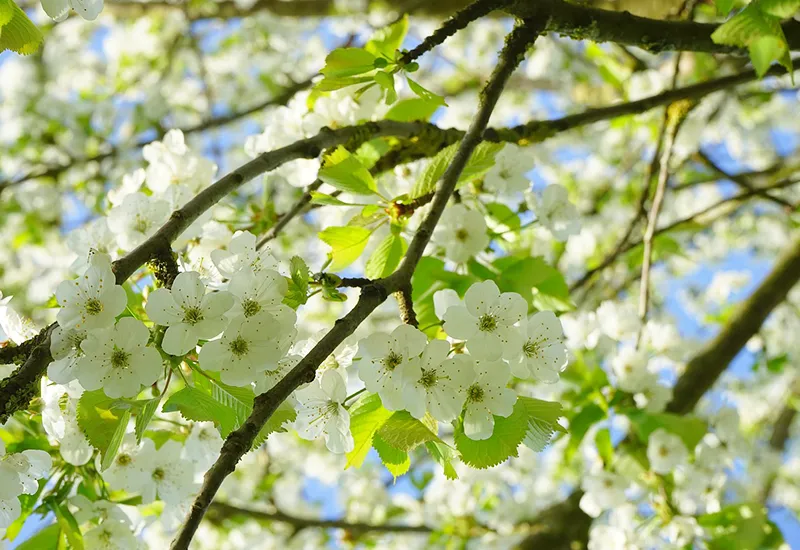
Unfortunately, many of the recommended climatic trees are introduced species with no value for insects, birds and other garden animals. Fortunately, the bird cherry is a climate-tolerant native alternative! Also known as the sweet cherry, this tree is fast-growing, drought-resistant as well as frost and heat tolerant.
This adaptable plant likes sunny locations and is very popular with its umbel-shaped white flowersand the sweet fruits are an absolute highlight for insects and many bird species. A must in every bee friendly garden!
Important facts about the bird cherry:
- Dimensions: 15-20 m high and 10-15 m wide
- Growth: about 50 cm per year
- Ecological value: Important for wild bees, caterpillars, beetles and birds
- Where to buy? Online at Horstmann Nursery* or in your local plant shop
5. Mahaleb Cherry (Prunus mahaleb)
Another drought-tolerant tree that is only moderately common in German gardens is the stone cherry. It is also known as the rock cherry and, with its strong deep root system and their Frost, heat and drought tolerance the ideal climate tree.
As the stonecrop does not grow too large, I also count it as one of the best insect-friendly trees for small gardens. Around 48 wild bee species and 32 caterpillar speciesas well as many beetles, butterflies and, above all, birds, love them.2
Important facts over the Steinweichsel:
- Dimensions: 3-5 m high and 2-4 m wide
- Growth: about 35 cm per year
- Ecological value: Important for wild bees, butterflies, beetles and birds
- Where to buy? Online at Horstmann Nursery* or in your local plant shop
6. Common Serviceberry (Amelanchier ovalis)
Another small, climate-resistant tree for the garden is the common rock pear. It is particularly drought tolerant and heat resistant and loves sunny locations.
Its white flowers, which bloom in April and May, attract especially wild bees magically. The tree's sweet fruits are also a valuable source of food for birds - and its branches offer them shelter.
Important facts about the common rock pear:
- Dimensions: 2-4 meters high and 2-4 meters wide
- Growth: about 25 cm per year
- Ecological value: Important for wild bees, caterpillars and birds
- Where to buy? Online at Horstmann Nursery* or in your local plant shop
Attention! Please do not confuse it with the copper rock pear (Amelanchier lamarckii), which is not native to Germany but originates from North America.
7. European Hornbeam (Carpinus betulus)
Whether as an opaque hedge or as a solitary tree - with the hornbeam you are planting a real climate-resistant tree of the future in your garden! It is quite undemanding, easy to care for and resistant to diseases - and tolerates heat, drought and late frost very well.
The hornbeam is also insect friendly and should also be part of every bird-friendly garden as it is used both as a food source and as a nesting and landing site.
Important facts about the hornbeam:
- Dimensions: 5-20 m high and 1-7 m wide
- Growth: about 35 cm per year
- Ecological value: Important for caterpillars, beetles and birds
- Where to buy? Online at Horstmann Nursery* or in your local plant shop
8. Common Hawthorn (Crataegus monogyna)
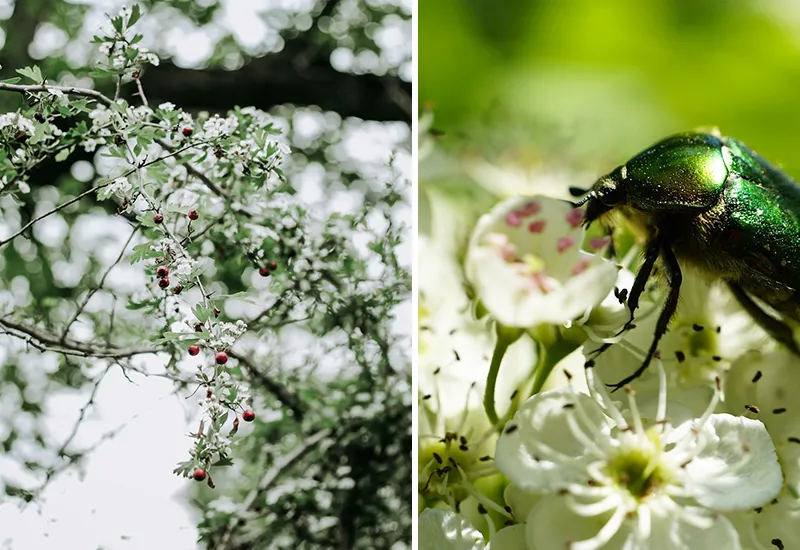
The thorny hawthorn also grows in my own garden because it is an extremely heat-resistant, storm-proof and frost-hardy climatic tree is.
He comes Very good with dryness and extreme temperature fluctuations and serves as a valuable habitat for countless insects and birds. A real all-rounder that also defies global warming!
Important facts about the thorny hawthorn:
- Dimensions: 3-5 m high and 5-6 m wide
- Growth: about 20 cm per year
- Ecological value: Important for wild bees, caterpillars, hoverflies and birds
- Where to buy? Online at Horstmann Nursery* or in your local plant shop
Tip: If you don't have that much space, I can also offer you the
9. Whitebeam (Sorbus aria)
I have yet another tree for hot summers in the form of the European service tree! It is resistant and can cope for a long time without water. You should only water them during longer dry periods.
What's more, the beautiful climate tree is truly a Wild bee magnet and with its berries and dense growth also a great tree for birds.
Important facts about the rowan:
- Dimensions: 4-15 m high and 4-7 m wide
- Growth: about 30 cm per year
- Ecological value: Important for wild bees, hoverflies and birds
- Where to buy? Online at Horstmann Nursery* or in your local plant shop
10. True Service Tree (Sorbus domestica)
Another climatic tree for the garden? Although the native Speierling is (still) rather rare in Germany, its Frost hardiness, drought resistance and Heat resistance makes it an ideal tree adapted to climate change.
It loves the light and provides insects in particular with valuable nectar and also pollen. The Speierling is also an important bird food and bird protection tree.
Important facts about the Speierling:
- Dimensions: 3-15 m high and 8-10 m wide
- Growth: about 25 cm per year
- Ecological value: Important for wild bees, hoverflies and birds
- Where to buy? Online at Horstmann Nursery* or in your local plant shop
10 Commonly Recommended Climate Trees You Should Avoid
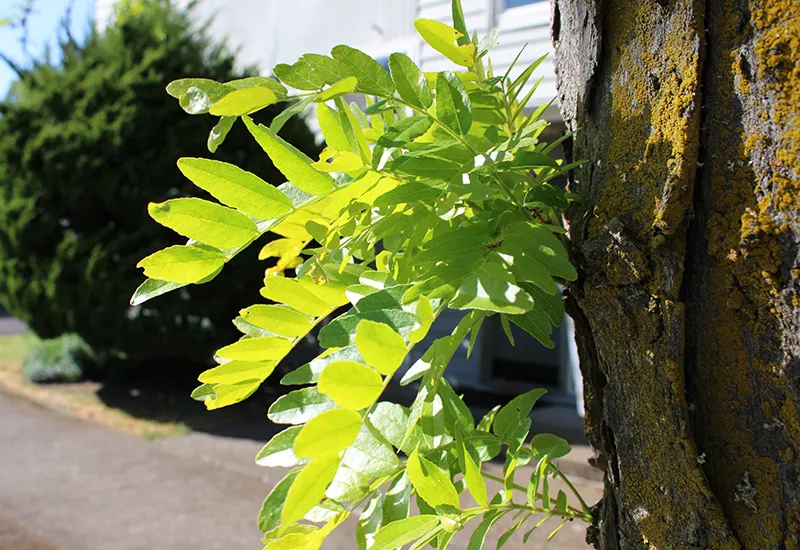
There are some trees that, in my opinion wrongly boast the name "climate tree"but are often advertised as such in garden centers because they are relatively drought-resistant.
Here are five frequently recommended trees that you should not plant for good reasons.
Invasive "Climate Trees" – A Hidden Threat to Biodiversity
Some supposedly climate-resistant Trees are invasive neophyteswere introduced here, have no value for native animal speciesThey grow and spread very quickly and even displace ecologically valuable native plants. Some have even been deliberately planted by communities for decades!
Here are a few examples that you can therefore better not to plant in the garden should:
- Robinia (Robinia pseudoacacia)
- Ash maple (Acer negundo)
- Tree of the gods (Ailanthus altissima)
- Bluebell tree (Paulownia tomentosa)
- Leather sleeve tree (Gleditsia triacanthos)
So-Called "Climate Trees" with No (Real) Ecological Benefit
Some other trees are also not recommended. Although the following plants are often referred to as "climate trees", they do (almost) nothing for wild bees, beetles, birds and other animals:
- Tree hazel (Corylus colurna)
- White mulberry tree (Morus alba)
- Persian ironwood tree (Parrotia persica)
- Flowering ash (Fraxinus ornus)
- American amber tree (Liquidambar styraciflua)
Discover and Plant True Native Climate Trees!
Planting truly climate-robust and climate-friendly trees is an important step towards protecting your climate. Insect-friendly gardenbird-friendly and at the same time future-proof to design.
"Trees are poems that the earth writes upon the sky."
Khalil Gibran (more at Tree quotes)
The recommended climate trees are resistant to extreme weather conditions and promote local biodiversity. However, there are of course a few more! Here are three nice suggestions that I don't want to withhold from you either:
- Medlar (Mespilus germanica)
- Silver Birch (Betula pendula)
- Sweet chestnut (Castanea sativa)
And finally, I would like to introduce you to the Book "The secret life of trees" (is available here*) by the popular forester Peter Wohlleben. In it, you'll discover special features from the fascinating world of trees that remain hidden to many people 🙂
I very much hope that this article has inspired you to plant climatic trees in your garden. Do you have any questions, suggestions or other ideas? Then I look forward to your comment!
Stay climate-friendly, sustainable and close to nature,

PS: By planting these trees, you are also automatically helping insects. What else you can do in everyday life to help the global Stop insect mortalityI'll show you next in the linked blog article.





